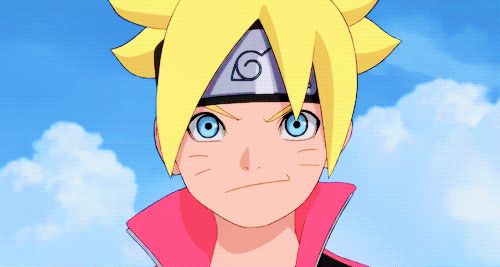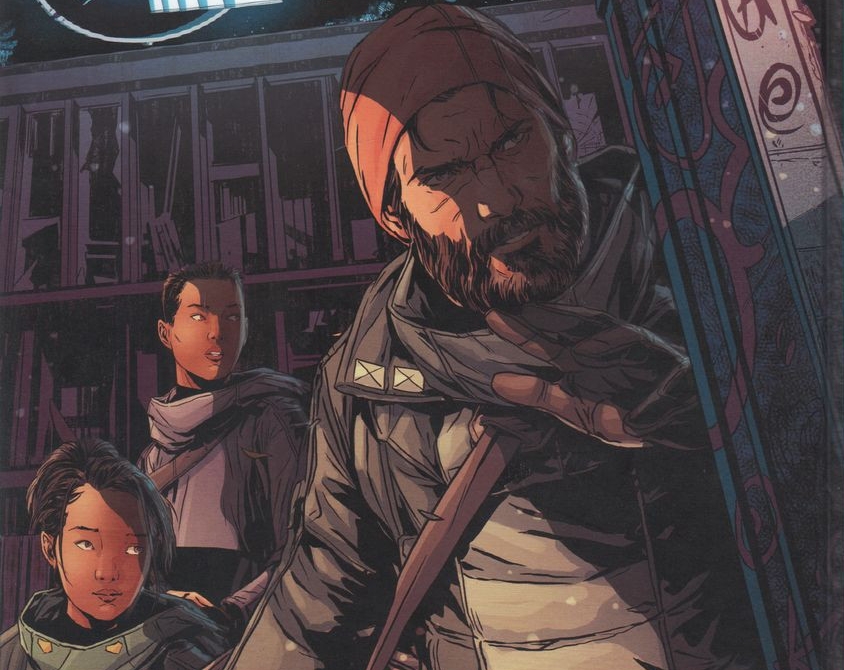Junji Ito is recognized as a reference of Japanese horror in manga but what happens to his style when he adapts an English novel? Read our Frankenstein column at Mangetsu to find out.
A Japanese adaptation of an English classic
Frankenstein brings together eleven short stories by screenwriter and cartoonist Junji Ito published between 1989 and 2000 , including the adaptation of Mary Shelley's novel about half of the book. The Japanese artist has also read the book with a view to adapting it. Impressed, he chose to stay as close as possible to the original work. It takes up the narrative construction of an embedding of several narratives. It is also a way to get out of movies because the monster is much more talkative and perverse.
The reader is immersed in the horror Gothic of thenineteenth century. A young man explores an unknown region by boat. His crew finds a European, Frankenstein, in the middle of the ice floe gone to hunt a monster. The young and brave captain is in opposition to this older, darker man. The two ambitious are obsessed with a quest. However, one knows that this quest is futile. Frankenstein wants to lecture the youngest by telling him how, as a young student, he fell into madness by a morbid obsession. Starting from a scientific cul-de-sac, Frankenstein wants to trace a new path on the origin of the but he creates a monster.
Ito's drawing makes Frankenstein's monster repulsive. Not only does he have the well-known scars in the movies, but the flesh is raw and his eyes have no eyelids. The end is terrifying by the drawing but also by the dark vision of the soul that unfolds there.
Several news and a reunion
The short stories composing the second part of the book take up recurring themes in Ito's work, including Frankenstein : bodily deformation, morbid obsession, the need to be loved or at least to be in a relationship, and questioning identity in the face of social conformism leading to neuroses. The supernatural is opposed to psychology. Conversely, very short stories give a different vision of his work. Don't move anymore brings up medical fears… Two accounts show him totally dominated by a dog. We also discover a society where hierarchy and social control are so pushed that it is internalized by a group of students.
In Frankenstein, Mangetsu reissues The Hallucinated Necks and then offers all the episodes on the character of Oshikiri. The swamp of spirits appears at first as a prequel but as often with the author nothing is certain. A legend about a swamp behind the school says that a woman who committed suicide there now attracts young men to drown them. The very successful twist gives an even more horrific aspect to this high school. In The Correspondent, Oshikiri befriends a lonely girl who has created a community for herself by writing letters, but like Frankenstein, jealousy transforms these bonds. The contradictions between the different novels emerge and Junji Ito takes advantage of the story The Intruder to give an explanation for his initial narrative improvisation.
Ito digs into the genre of mental horror. High school student Oshikiri lives alone in a large house that is increasingly in ruins as the news progresses while his parents work abroad. His loneliness leads to the worst mistake: marginalization. The vision of Oshikiri would be a way to overcome his anxiety of being small but we can also read an image of the emotions of puberty. This jealousy of not growing up pushes him to an absurd crime and then his guilt makes him hallucinate.
As with every volume of the Ito collection, Frankenstein benefits from a hardcover under a flap, a careful translation and lettering and the afterword analysis of Morollian. This edition has a preface by Joann Sfar.
In Frankenstein, two giants of horror look at each other, Mary Shelley and Junji Ito. This relationship is much less monstrous than the narrative but just as fruitful. This first part of the book also demonstrates the European roots of Ito's art but the sequel proves that he is also a local artist capable of offering a new vision of horror. Frankenstein proves once again that Junji Ito is an exciting mangaka.
Other chronicles on Japanese horror are available on the site by the manga Shigahime and Ningyo.















![[Live Report] Rock En Seine 2024 : 20 ans et toujours aussi passionnés !](https://www.justfocus.fr/wp-content/uploads/2024/11/RES24_JOUR01_LANA-DEL-REY_LOUIS-COMAR-12.jpg)
























